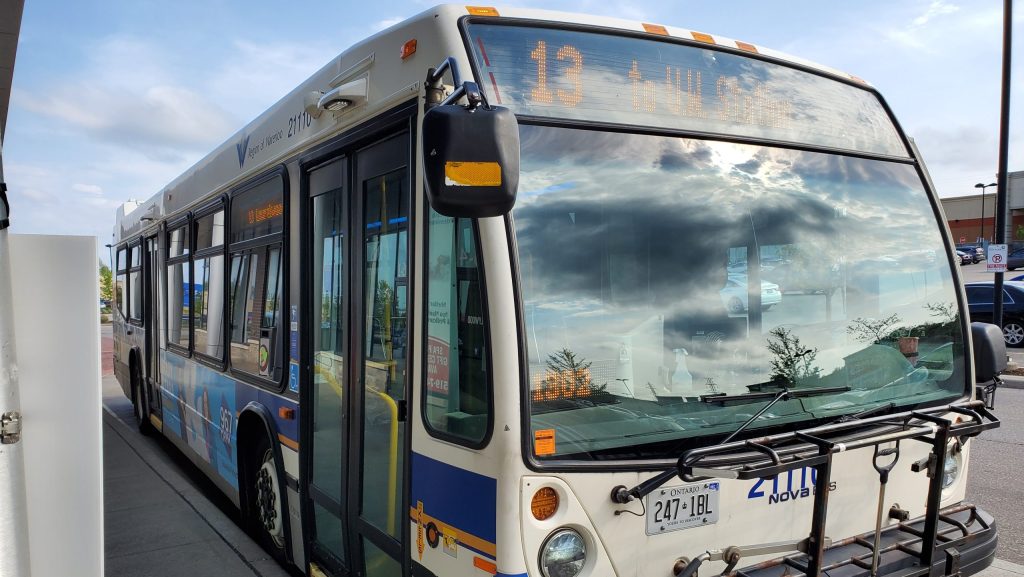GRT sees record high ridership in 2023

The wheels on the Grand River Transit buses went round and round more than ever before in 2023.
A year-end ridership update coming to the Region of Waterloo’s Planning and Works committee meeting Tuesday shows there were 26.4 million trips last year. That is 20 per cent more than GRT’s previous busiest year in 2019.
Both the ION and the buses were major contributors to the record transit year. ION ridership increased 49 per cent, while bus ridership rose 48 per cent.
Advertisement
The report shows average daily boarding, which includes transfers, was up to 132,000. That does not include the several strike days. Service hours increased to 835,923 in total over the year.
The highest performing routes were the ION, as well as 110 and 12, which serve the post-secondary market and diverse working corridors.
The lowest performing routes were 79 (Breslau), 76 (Doon Mills) and 77 (Wilmot). The staff report stated that these are “BusPlus routes which serve areas where ridership is still developing, including a new pilot on-demand transit service.”
September alone saw over 2.9 million transit riders, a record-high month in the region’s history. GRT made significant service improvements in September as well. For example, about 18000 hours of new service was added in Cambridge.
The region expects high ridership to continue into 2024 as people adapt to the improved service and the completion of a phase implementing the ION. That expectation has also been reflected in this year’s budget. The growth earned the region $8.5 million more in revenue than expected.